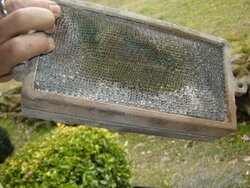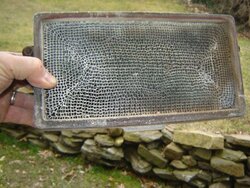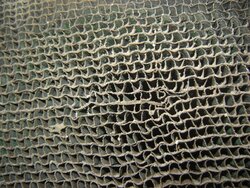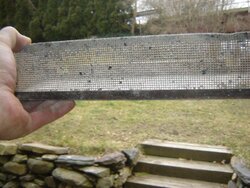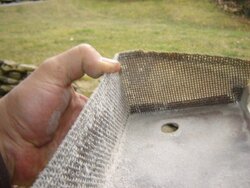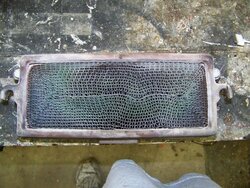Todd said:
I received another email from Tom stating he will send me a replacement cat, either s/s or ceramic and would really like to test my old steel cat. Also said they think the greenish color of my cat is chromium and they are trying to figure out the cause and how heat effects it.
Also was interested in my observations of that trapped floating flame inside the new scoop next to the cat. They have tested and had a hard time creating a situation where flame impingement actually causes harm to the catalyst and thought the whole flame impingement talk was over rated but it was worth taking another look and recreate this situation in their lab.
Sud Chemie is also testing a few steel cats that were retrieved from Woodstock and they should have results soon.
Does that mean they don't need any more cats to test or work on? Thought I'd call and offer mine, since it's been in service for about the shortest time of any of 'em.
Also, can a ceramic cat be substituted for the S/S cat one-for-one with no mods? That would be cool, er, uh, great!
From working with Coors and touring their ceramic plant, they were saying that ceramic can be formulated to meet almost any application. Kinda like stainless: there are several formulations--301, 309, 409, 410, 420 & 430 that I know about and maybe more. Pete Coors was explaining that it was almost limitless. Wonder if WS has explored all the different formulations that might be available. From what I remember, there are always trade offs, like less of this property for more durability, for example, but that it can be made for a wide variety of uses. Just wondering.


